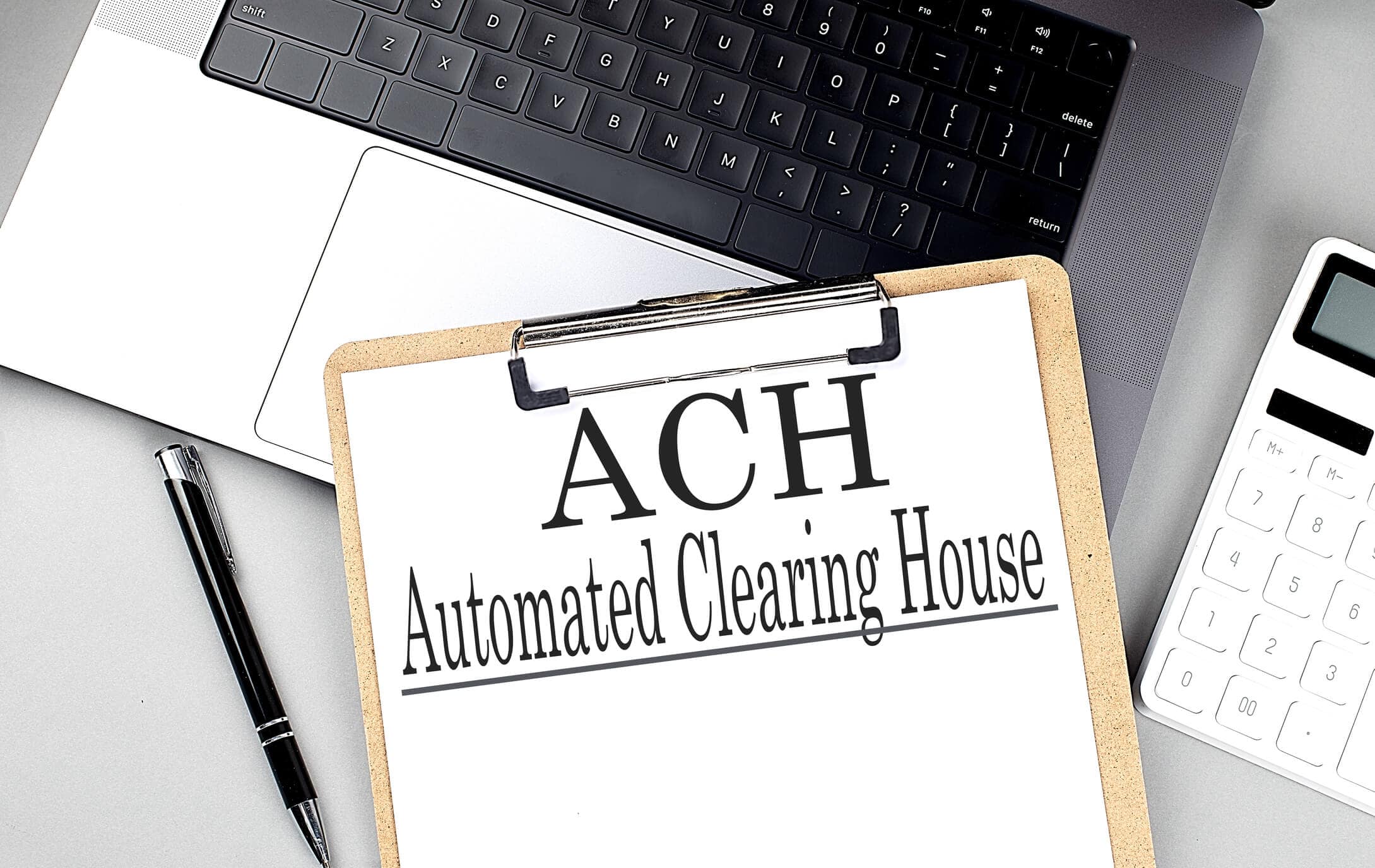Cash App has broken into the mainstream in peer-to-peer payments, known for its simplicity and speed. It’s a popular early-stage go-to option for countless small businesses, given the ease of setup, lack of monthly fees and simple payment tools. But for businesses that expand or need more complex features, many...
How to Reduce ACH Payment Processing Fees
ACH (Automated Clearing House) payment processing has become increasingly popular in recent years due to its convenience and cost-effectiveness. However, businesses often face challenges when it comes to managing ACH payment processing fees. In this article, we will explore the various factors that influence these fees and provide tips on...
The Benefits of ACH Payments for Merchants
In today's digital age, businesses are constantly seeking ways to streamline their payment processes and improve their overall efficiency. One such method that has gained significant popularity among merchants is ACH payments. ACH, which stands for Automated Clearing House, is an electronic network that facilitates the transfer of funds between...
ACH Payments for Beginners: What You Need to Know
In today's digital age, electronic payments have become the norm for businesses and individuals alike. One such method is ACH (Automated Clearing House) payments, which offer a convenient and secure way to transfer funds electronically. Whether you are a business owner or an individual looking to understand the basics of...




